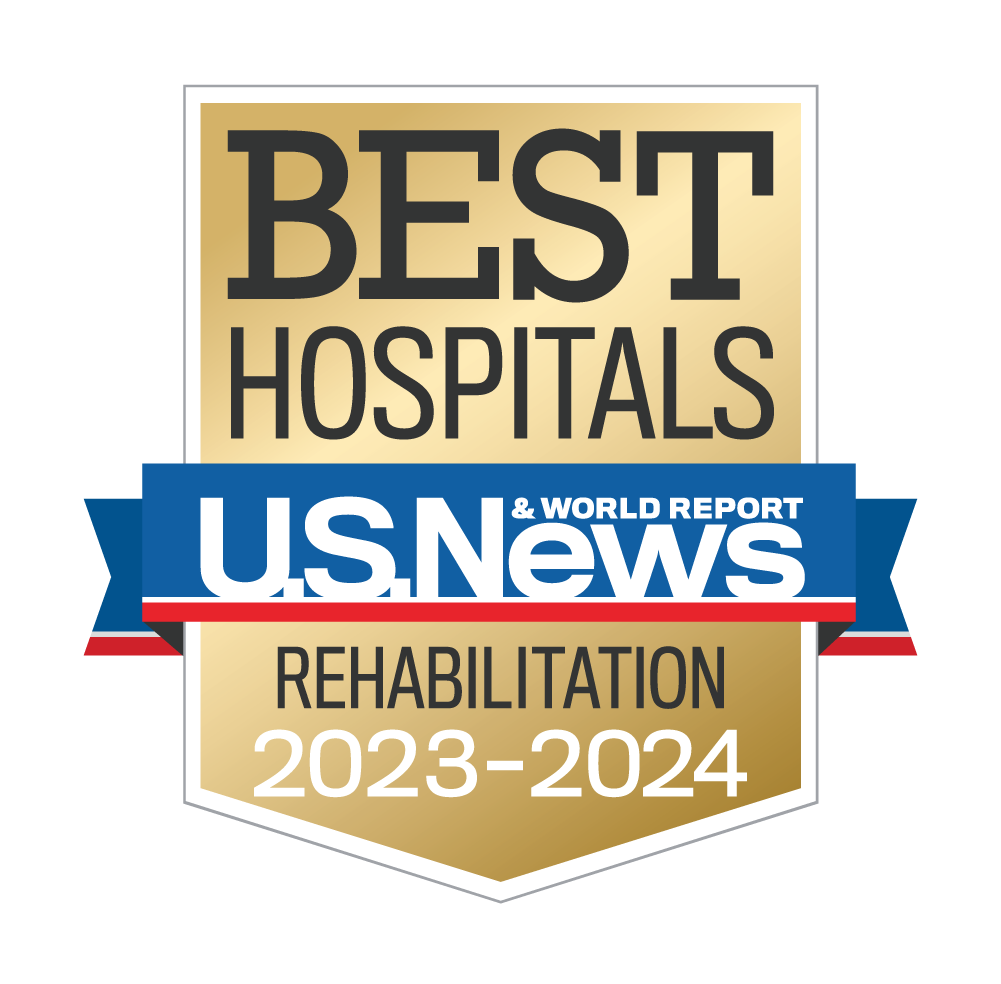I. Introduction:
The resident will spend the first week in orientation to learn about the O&P department. The resident will also delineate personal goals for the year which include a research project geared towards presentation to a regional or national audience.
II. Clinical Experiences:
The resident will have a schedule of mentors to guide their progress. The level of resident involvement will begin with observation and progress through increasing levels of independence. The structure of the residency is as follows:
Orthotic residency: During the first half of the residency, the resident will complete a series of clinical rotations in pedorthics, acute care, and outpatient orthotic care. These rotations will take place at the main office and satellite offices, and are 3-8 weeks in length. During the second half of the year, residents will have their own patient schedule, allowing them to evaluate and treat patients with increased independence yet still under the guidance of a clinical mentor. Residents will be given the opportunity to attend a variety of specialty clinics including:
- Pediatric and adult orthopaedic clinics
- Polio clinic
- Myelo clinic
- CMT clinic
- Brachial plexus clinic
Prosthetic residency: The resident will complete two 6-month long rotations with prosthetic clinical mentors. Each rotation will have two mentors: one for lower extremity and one for upper extremity. The level of autonomy will increase throughout the length of each rotation. The resident will spend most of their time at the main office, with occasional days at a satellite office. Residents will gain experience in a fast-paced clinic setting as well as days with traditional scheduled appointments. Residents will participate in the following clinics:
- Lower extremity clinic
- Upper extremity clinic
III. On call requirements:
Both prosthetic and orthotic residents take part in covering on-call service on weekends. The resident should expect to be on-call every fourth weekend. Residents are directly supervised and accompanied by a certified clinician. The amount of actual time on call will very according to need and the supervising clinician's discretion. The on-call participation is an opportunity to experience unique situations and procedures not always available during normal clinic hours.
IV. Interdisciplinary interaction:
As part of the patient management team, the resident will interact with other health professional areas. These include:
- Physical Therapy
- Occupational Therapy
- Nursing
- Speech and Language Pathology
- Physicians, Resident Physicians, and PAs
V. Research:
Each resident is required to complete a research project in accordance with the NCOPE research tract. There are opportunities for research mentorship by the O&P clinical staff or colleagues in the schools for engineering and kinesiology. Additionally, residents will give bi-monthly journal rounds or case study presentations to the clinical staff.
VI. Performance Evaluations:
Formal and informal feedback is provided throughout the year using the following methods:
- Monthly meetings with the Residency Director
- Evaluations after each rotation
- NCOPE Quarterly Evaluations every 3 months
- NCOPE Device Competency Forms for the 7 orthotic and 5 prosthetic competencies


